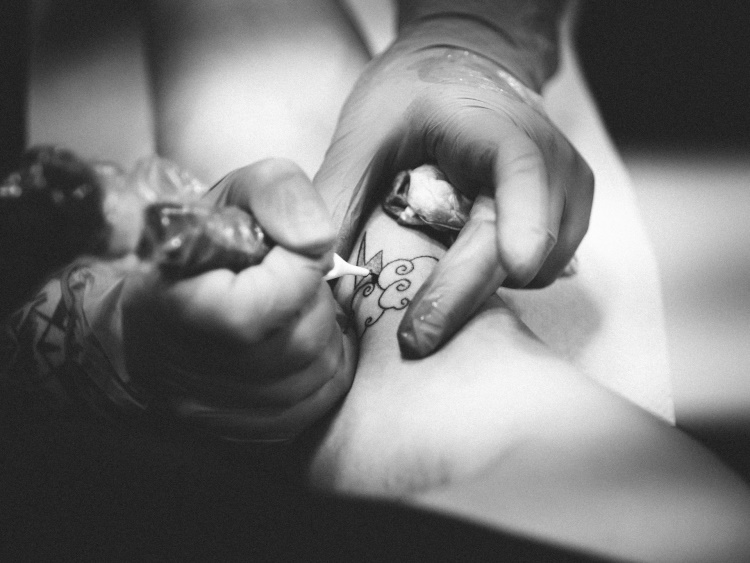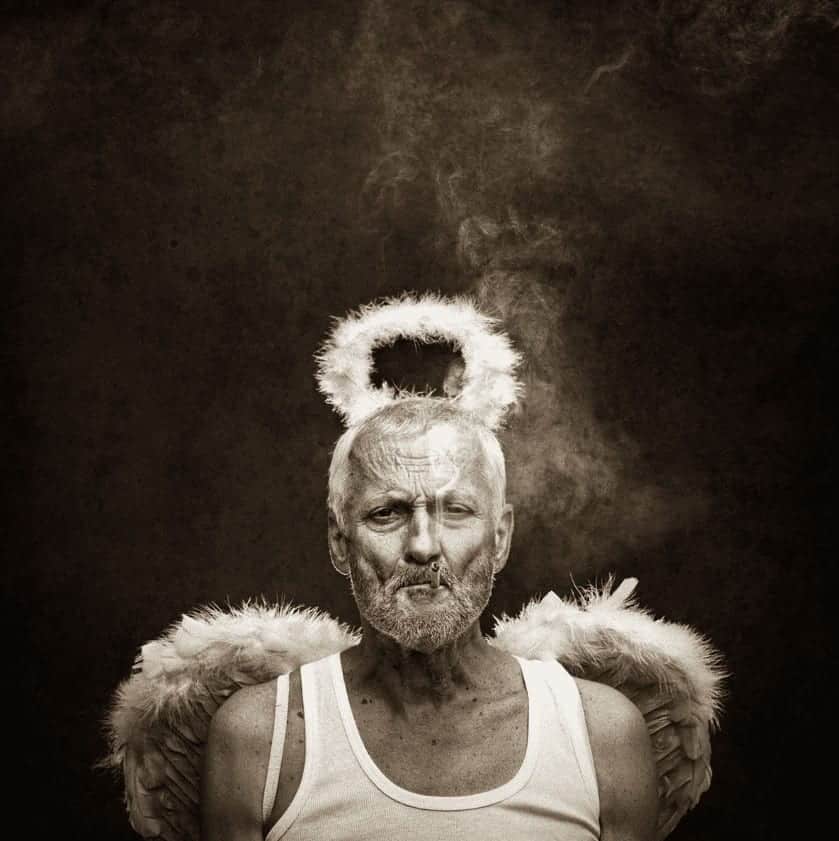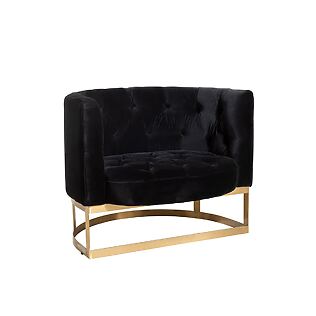Tattooing a cultural and personal expression and has become a legitimate form of contemporary art. But what does it take so that tattooing is recognized in addition to painting, sculpture and other visual arts?
In a variety of versions, with brilliant shades and filigree details that are lovingly added, many tattoos are masterful unique pieces that are engraved with a lot of creativity and creation.
In the pantheon of contemporary art forms, however, tattooing still occupies a marginalized special position. Historically, viewed with skepticism or certain subcultures, tattooing has also developed into a respected practice in the creative scene. This metamorphosis is due to work and artistry that have modern tattoo artists, and changes the perception from pure craftsmanship towards appreciation as a complex art form.
Development of the tattoo culture
Tattooing has deep historical roots and extends over different cultures and centuries. From the old Polynesian traditions in which tattoos symbolized social status and spiritual faith, up to the American sailor tattoos of the early 20th century, body art has always been rich in cultural importance.
There were already tattoos in antiquity. At that time, not only kings embellished, but also the workers' layer of their skin with various figures and ornaments. At the time of the Roman Empire, however, the symbols on the skin were reserved for slaves and criminals.

photo of Maixent Viau @Maixentviau, via Unsplash
But it was only in the late 20th and early 21st century that the tattooing began to recognize more than mere decoration and to develop into an art form with its own aesthetic standards and artistic techniques.
The Texas tattoo artist Ian "Jonezy" Jones brings it up as follows:
Nowadays, tattooing is about creating a story on the skin. It is personal, expressive and, above all, permanent. "
See this post on Instagram
From craft to art: creative design and technical precision
In addition to creative ideas and artistic design, tattooing depends primarily on precision. Modern tattoo artists apply a variety of techniques that resemble those of the visual arts. Dotwork , a technology in which a number of small points are used to create shades and complicated patterns, is reminiscent pointillism in painting.
Raster points that are often used in graphic design can be found in tattoo methods such as the stipple - a careful approach, which requires extraordinary control and a quiet hand. The use of color, shading and lines corresponds to the painting techniques and requires an understanding of light, shadow and depth.
Tattoo artists also have to master the application of pigments. In contrast to painting on a canvas, in which artists can freely apply the pigments, tattoo artists work within the boundaries of layers of the skin, keep the coloring room and ensure minimal trauma of the skin.
The equipment, from the one -pin machine to the rotary device, also plays a crucial role in the quality and texture of the tattoo.
Artistic vision: design and composition
In addition to technical expertise, tattoo artists are also artists with distinctive styles and philosophies. Similar to painters and sculptors, tattoo artists draw from diverse influences that range from classical art to modern graphic design. Artists like Docta Woo are known for their minimalist single-needle designs, for example, that emphasize fine lines and detailed images.
See this post on Instagram
Tattoo as an art form is not limited to the replica of existing images. Many tattoo artists like to create individual pieces and work closely with customers to implement their ideas into indelible art. This collaborative process is similar to the commissioning of a painting - in which the tattoo artist interprets the vision of the customer and combines his own artistic sensitivity in order to create a unique masterpiece.

Photo of Loren Cutler @lorencutler, via Unsplash
The cultural renaissance of tattooing
The growing recognition of tattooing as an art form is also promoted through its cultural integration . Art galleries and museums have started showing tattoo art
Exhibitions such as "Tattoo: Ritual. Identity. Obsession. Art" in the Royal Ontario Museum and the "Big London Tattoo Show" illustrate this change. These exhibitions offer more than just tattoos; They research the stories, the legacy and the artistic development on which they are based.
See this post on Instagram
In addition, renowned art publications and mainstream media have increasingly moved tattoo artists into the spotlight. This visibility not only confirms tattooing as a respected art form, but also raises tattoo artists in the status of mainstream artists.
Remain reservations
To this day, people who decorate their skin with tattoos and consider this type of body painting as art still have to struggle with prejudices. Above all, people who choose not only for a small tattoo, but also many large works of art, often have to justify themselves.
Tattoos are quite a way for the tattooed themselves to express themselves artistically, to convey emotions and to submit statements. However, since art remains for eternity and should therefore not be left to chance, it is advisable that interested parties will find the perfect tattoo studio .
In order for this to succeed, the studio must be examined exactly before the actual date. Most tattoo artists take videos and pictures of their works. You will then provide you on your website or on various social media channels. This enables customers to get an impression of the work and the style of the tattoo artist.
However, before working, interested parties should make an appointment . Not only costs and appointments to the meetings are clarified. It is also about wishes, ideas and opportunities to bring the tattoo shapely and sensibly onto the skin.
Tip: A tattoo is a matter of trust. If the feeling is not correct and customers in the area feel uncomfortable, it is better to look around for another tattoo studio. In addition to the reputable environment, well -being and, last but not least, hygiene that the studio operators should adhere to play also plays an eminent role.
Variety of motifs
Whether more in a minimalist style or completely over arms, legs or back - each tattoo sends a message. However, many tattoo artists do not see their work as art. You mainly pay attention to a clean execution of your works and look forward to installing your own designs. In this way, a tattoo becomes unique and exudes individuality.
However, it is primarily important that the tattoo likes the owner. Holded in black and white and connected to a variety of shades or combined with strong, rich color tones, many pictures, tribals or symbols can be immortalized on the skin.

photo of matheus ferrero @matheusferrero, via unsplash
The future of tattoo art
What is going on for us while tattooing is still intertwined with the larger art world? Technological innovations promise to expand the horizon of what can be achieved with tattoo art. Digital design tools , 3D printing and even augmented reality begin to influence the design and use of tattoos and open up new creative opportunities.
Educational institutions begin to offer special courses and workshops that treat tattooing as a serious art form and cover aspects such as hygiene, biomechanics, artistic techniques and design principles. This academic recognition further strengthens the importance of tattooing in the art scene.
The personal connection
In essence, tattooing is a deeply personal matter. Whether it is a tribute to a loved one, a symbol of significant events in life or an aesthetic decision, the reasons for a tattoo are as diverse as the people who decide to be tattooed.
This intimate connection between artist and client is unprecedented in other art forms. The durability of tattoos adds an additional level of responsibility and trust and makes the role of the tattoo artist uniquely profound.
A tattoo artist shared her thoughts with us:
Every tattoo I create is a story. It is an honor and responsibility to be part of a person's life in such a permanent way. "
The indelible effect of tattoo art
Tattooing has undeniably left traces - both on the skin and in the world of art. While it continues to cause respect and admiration, we find that tattoos are an art form; They are living, breathing canvases that tell stories, cause emotions and celebrate individuality.
Tattoo artists are not just a practitioner, but keepers of the cultural heritage and innovative visionaries who contribute to the constantly developed landscape of contemporary art.

Owner and Managing Director of Kunstplaza. Publicist, editor, and passionate blogger in the field of art, design, and creativity since 2011. Successful completion of a degree in web design as part of a university program (2008). Further development of creativity techniques through courses in free drawing, expressive painting, and theater/acting. Profound knowledge of the art market through many years of journalistic research and numerous collaborations with actors/institutions from art and culture.

















